"Respect the challenge; see the person." This is what Mui, Tina, and Rog Thomas teach through The Girl Behind the Face Initiative.
The world’s first rugby referee and yoga teacher with harlequin ichthyosis. Survivor. The “poster girl for what happens when strangers stand up for someone else.” These are just a few descriptors for Mui Thomas, part of The Girl Behind the Face Initiative, which was started by Mui’s parents, Tina and Rog Thomas, back in 2015.
Wearing a floral shawl over a black Lululemon top, Mui, with a cheery disposition, sat with TMS alongside her parents to talk about her life, her parents and the Girl Behind the Face initiative, which is all about “finding purpose in adversity.” Having a visible difference that sets you apart from others can’t be easy. But through The Girl Behind the Face, this family is fighting to change people’s perceptions and push them to see beyond the surface.
“It’s all about challenging perceptions and standing up for others,” said Tina. By emphasizing a hands-on, person-to-person contribution, they’ve reached out far and wide to remind others that they’re not alone.
Adversity and purpose
Rog and Tina hadn’t initially planned on having a family. In fact, they weren’t even planning on staying in Hong Kong. The family portrait they’d pictured back then was framed in Australia. Adopting a child, let alone one with special needs, wasn’t on the radar. “We were just going to have a birth family and live happily ever after on a beach in Australia. So I can blame these two that I’m not suntanned and bronzed,” jokes Rog. But all that changed when they met Mui as a toddler.Mui was born with harlequin ichthyosis, a rare genetic disorder that affects the skin. Tina and Rog met Mui as short-term weekend volunteers, but Mui’s extreme Attachment Disorder saw them continue volunteering for two years. They adopted Mui after her life took a devastating turn. When they adopted her, they were also told that Mui wouldn’t survive long. Harlequin ichthyosis has a mortality rate of 50% worldwide, with most people who have it dying in infancy or early childhood. “The reality is that up until the age of 10, we didn’t believe that Mui would survive. So we always had that hanging over us,” says Tina. In fact, Mui is part of only the first generation of survivors of the condition.
But ignorance is bliss, as they say. “One of the ironic realities is that ignorance is a powerful tool,” says Rog. As for raising their daughter, they took it day by day. All they could do was cope. There was no other alternative, according to Rog. “We just raised Mui using hope, common sense, logic and trial and error.” Mui was never treated differently by her parents. “The idea was that we gave Mui an ordinary childhood because we saw her as a child.”
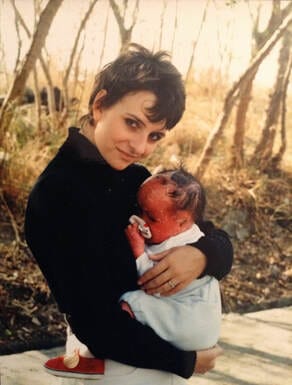
Throughout her life, Mui has faced challenges associated with her condition. But whether it affected her health, speaking or movements, Mui’s “demanding” personality, as noted by her father, has always pushed her through. “She found a solution. You’re faced with a challenge, and it strengthens you by just finding that solution,” says Rog.
“What we’ve tried to instill in her is the fact that you can’t talk about it; you’ve actually got to do it.” Simply screaming and shouting will get you nowhere. Complaining and condemning won’t get results.
That mindset inspires the mission of The Girl Behind the Face, which aims to stand up for others and challenge people’s assumptions. Not only do they educate people about the challenges they and Mui have faced in life, but they also aim to create change. They do this on a wider scale through talks booked by groups like corporates, schools and NGOs. They’ve also got a book, “An Unexpected Adoption: Finding Purpose in Adversity,” which they intend to publish in the new year.
“We don’t tell people what to think, we show them how to think,” says Rog. He emphasizes the importance of seeing beyond the visible difference. “You respect the challenge when you see somebody, then you see the individual, you see the person themselves.” He adds, “Most people tend to see our daughter as just a visible difference.”
Nothing is perfect, and success may not always be consistent. It’s a given that everything we work for comes with challenges. To Mui, success is achieved through trial and error. “I’m always trial and error. My life is a work in progress,” she says with a smile.
Going beyond skin-deep
The name of the Girl Behind the Face actually comes from the adverse childhood experiences faced by Tina and then also Mui, he shares. The initiative itself all began with a focus on the impact of cyberbullying and the mental health challenges faced by Mui and by Tina and Rog. But when people hear the “Girl Behind the Face,” they instantly think of Mui. But it could be anyone. “What it means is that behind an individual’s face is the real person, anybody,” clarifies Rog.
Tina’s own story is that she’s only here in the world because her biological grandmother survived the Auschwitz concentration camp run by the Nazis. Mui had a traumatic start in life as a ward of the Hong Kong government. Her biological parents, who had already lost a child before to harlequin ichthyosis, abandoned her at birth.
“They can see Tina and think everything must have gone swimmingly in her life. But nothing did,” says Rog. “And the same for Mui. The biggest challenges in my daughter's life are what happened to her in her early childhood. The fact she has a skin disorder is not nice, but it is what it is.”
What became a reality in Mui’s life was being seen for her appearance. Even comments masked with positivity only recognized her physical difference. But Mui is just a person and, like anyone else, wants to be seen for who she truly is.
“Obviously you’d recognize that I had a physical difference, that I had limitations. But, treat me like a person,” says Mui. “That is why I’m very keen on sort of saying ‘I’m a person; I’m not an inspiration; I’m not somebody you should be fawning over because I make mistakes just like you,’” she says.
Like any other parents, Rog and Tina have always pushed Mui to stick her hand out and go say hi. “I think my dad said, ‘Above all else, just stick your hand out.’ I mean you don’t even have to say anything. Stick your hand out, and that’ll break the ice as well,” says Mui with a shrug and a smile.
Maybe it would have been less nerve-racking to do otherwise, and upon Mui’s arrival in Sai Kung, things were rocky at first. Tina recalls people’s shock, and there were some misunderstandings and extreme reactions, even abuse, when people saw Mui. But getting to know the community and educating them helped. “I tended to push her forward, to shake hands, to smile, to laugh,” says Tina. What Mui’s parents wanted was to break the barriers of pre-made assumptions. “All you gotta do is look somebody in the eyes and speak to them,” says Rog.
When asked if she’s an introvert or an extrovert, Mui says, “Honestly, I’m half and half,” punctuating her response with a sigh. “Some people see all of us on social media and think, ‘Oh, you’re so extroverted. You love going out, partying, doing things and stuff.’” But Mui, like many of us, isn’t all that interested in the spotlight. “Quite honestly there are times when I’m quite happy just to stay home, have a bowl of noodles and watch Netflix,” she says.
At home on the rugby pitch
Mui started her rugby journey at the age of 18. Like any other kid, she wanted to be part of a team and get involved. What defined this particular journey wasn’t a push for empowerment or a statement to challenge social norms. “It was always just about, I want to be in with everybody else. I want to muck in with everybody else,” explains Mui.
Her condition means contact sports are out. But that wasn’t going to stop her. She helped out around the rugby center for a while until pushing to do even more. “The word Mui is looking for is stubborn,” says Rog, playfully cutting in as Mui recounts the story. “She was told she was very stubborn, and that’s a very good thing.” Mui’s ambition fueled her drive to become a rugby referee in 2012.
“In the rugby world, I’m not seen as someone with a skin condition. I’m seen as Mui.” Her achievements are her own – as well as her mistakes. “If I'm doing a terrible job, they’re going to be like, ‘OK, no, that’s a terrible job … go, you know, work on it,” Mui says with a laugh. “If you can be seen as a person and looked beyond your limitations and visible differences and disabilities, then that’s a good community to be a part of.”
Mui has found another passion in yoga. But that wasn’t always the case. “When I first started yoga, I thought yoga was for hippies,” she says. She had a hesitant start at first, recalling thoughts of “No I can’t do this, I don’t like this. I don’t like bending; this is too slow.” But again, she pushed through until she saw a breakthrough. “Long story short, pulled my socks, did it,” she says. When she took her first yoga teacher training class, she found herself hooked. “I love the adrenaline rush of being involved in a rugby game. But I also love the idea of coming back to myself on the yoga mat,” says Mui. “I think it’s something that everybody should do.”
Inspiring from the ground
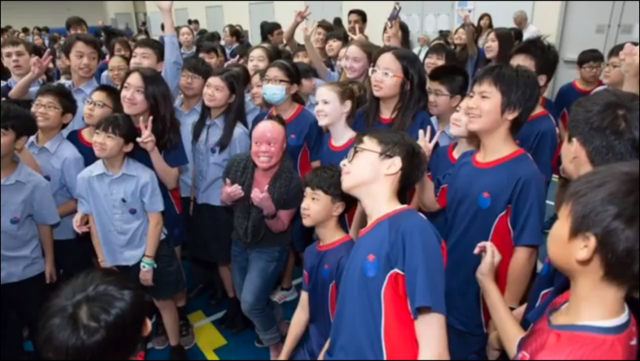
Mui isn’t defined by her condition, nor does she want to be placed on a pedestal. She goes about life, makes progress and makes mistakes. But this doesn’t mean what she does isn’t inspirational. It doesn’t mean her achievements can’t be admired. “Mui’s not an object to inspire other people. What she does is lead her life. If aspects of that are inspirational, that’s brilliant. No different to you or anybody else,” Rog points out.
“The other problem is if you put somebody on a pedestal and they do something wrong, they will fall down from that pedestal and, probably, you won’t care about them anymore,” says Tina. “By putting them up high, they can only fall low.”
People tend to walk on eggshells around those who seem different. They tend to, or at least think they have to, behave a certain way. But everyone in life has challenges, one way or another. Rog underscores that it’s important to not put someone with differences up on a pedestal to where it’s enabling them and disregarding the parts of their lives that have been a challenge. “You do see the difference. You respect that challenge, but you see the person,” says Rog. “But what you don’t do is elevate the person to sainthood. … You take away the consequences, and the person doesn’t move forward.”
When Mui is asked if she thinks her younger self would be proud of how far she’s come, she admits that, honestly, she’d be both proud and disappointed. Just like everyone else, she’s made mistakes. “If I could say something to my younger self, it would be … be realistic. You’re not going to please everybody. You will mess up, and that’s OK. You can’t paint roses over that,” Mui says.
What she can’t do is look past how far she’s come. In fact, as far as we know, Mui is the fourth oldest survivor of harlequin ichthyosis. And she’s thriving, all things considered. “Half and half, but no regrets,” says Mui.

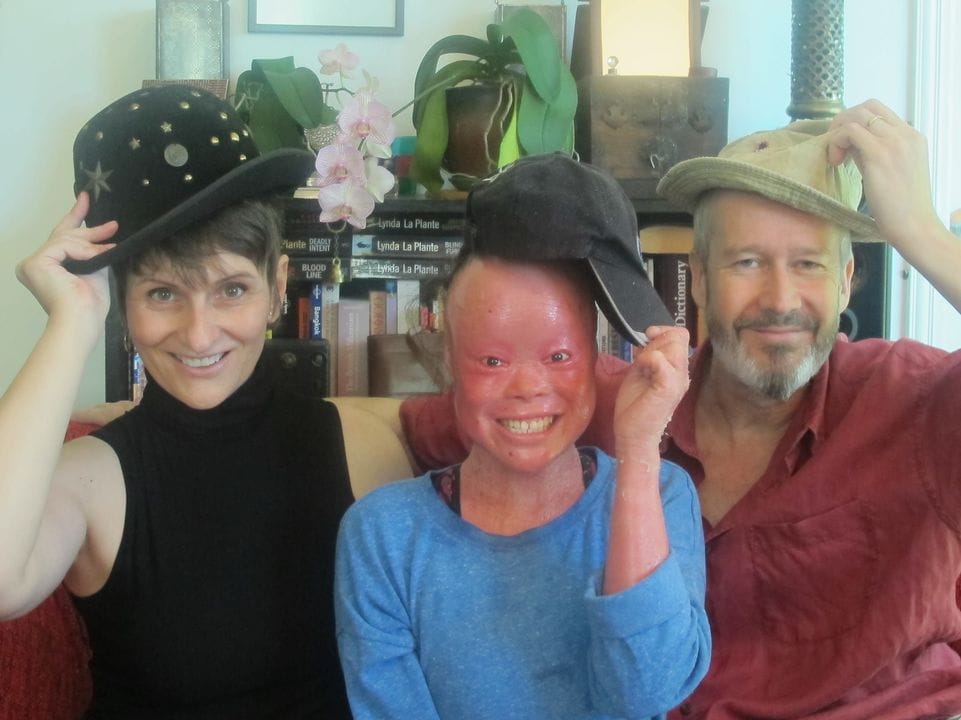
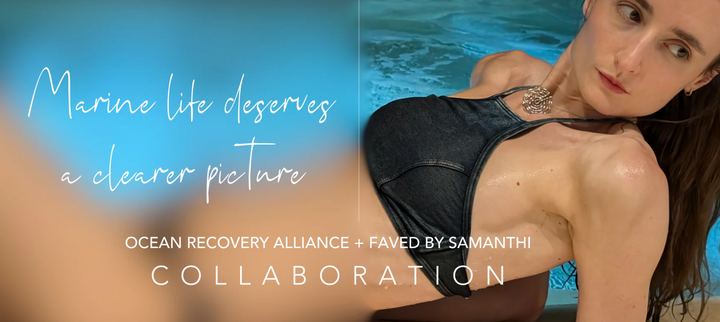
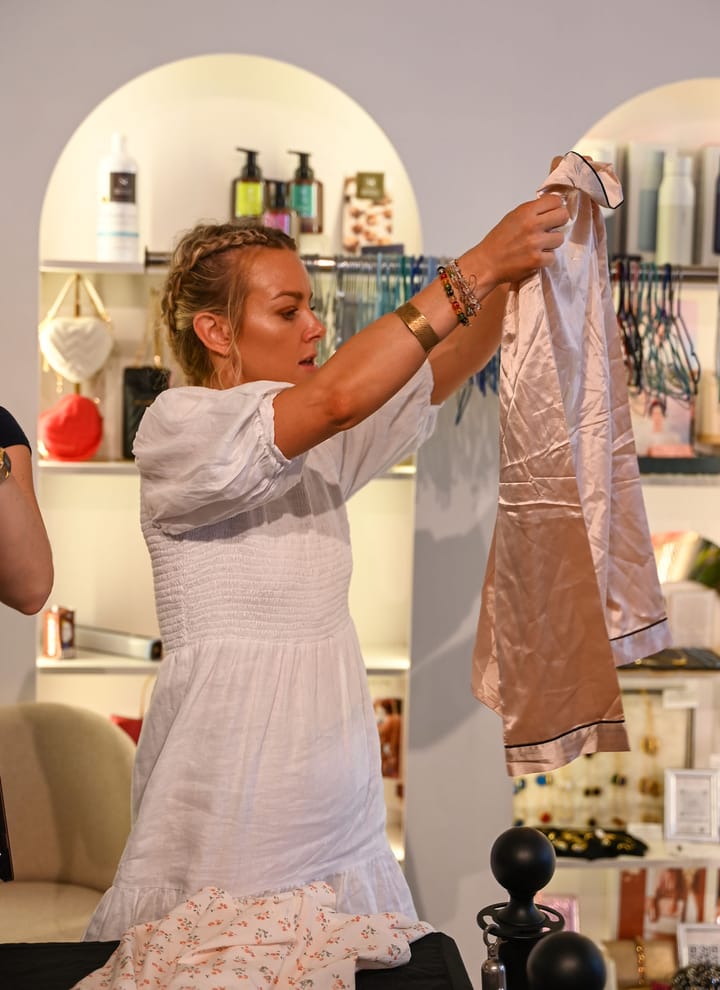

Comments ()